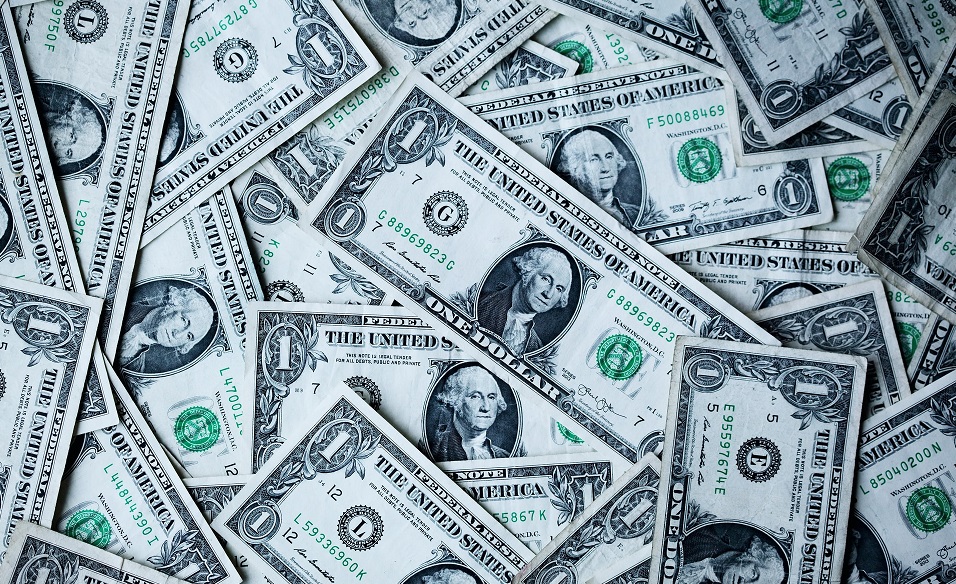Tracing the dollar in your pocket is not that hard if you understand how it works. Your dollar has no electronics, but is routinely traced. It’s important to understand that tracing is completely different than tracking. Tracking devices need a transmitter and power source for sending a signal. Tracing happens when an item passes through a waystation that reads a serial number or other unique identification number.
https://mypropertyidregistry.com/2020/06/21/traceability-versus-trackability
Keeping Dollars Pretty
Have you ever wondered why you rarely see completely worn out dollar bills? That’s because large banks and Federal Reserve Banks scan serial numbers and analyze the paper to determine which old bills need to be removed and replaced with new ones. But there is more going on than that. The serial numbers are being analyzed.
https://www.theatlantic.com/business/archive/2011/04/the-destruction-of-money-who-does-it-why-when-and-how/236990
Tracing is Not a Perfect Solution
It’s true that some money disappears completely, or goes out of circulation for many years and suddenly turns up to be analyzed. It’s also true that some currency gets flagged by the U.S. Department of the Treasury, so if the serial numbers turn up, they might be used for bringing charges in a criminal matter.
https://mypropertyidregistry.com/2021/09/06/overcoming-evidentiary-deficits
Other Serial Numbers
While the serial numbers of your private property are your business, if your valuables are ever stolen, the serial numbers can help the police. How? If you can give the police your serial numbers, they enter them into the National Crime Information Center (NCIC). If your property is recovered at a pawn shop or a crime scene, the police can use that information to make an arrest and earn a conviction.
https://mypropertyidregistry.com/2020/12/08/the-power-of-the-ncic

